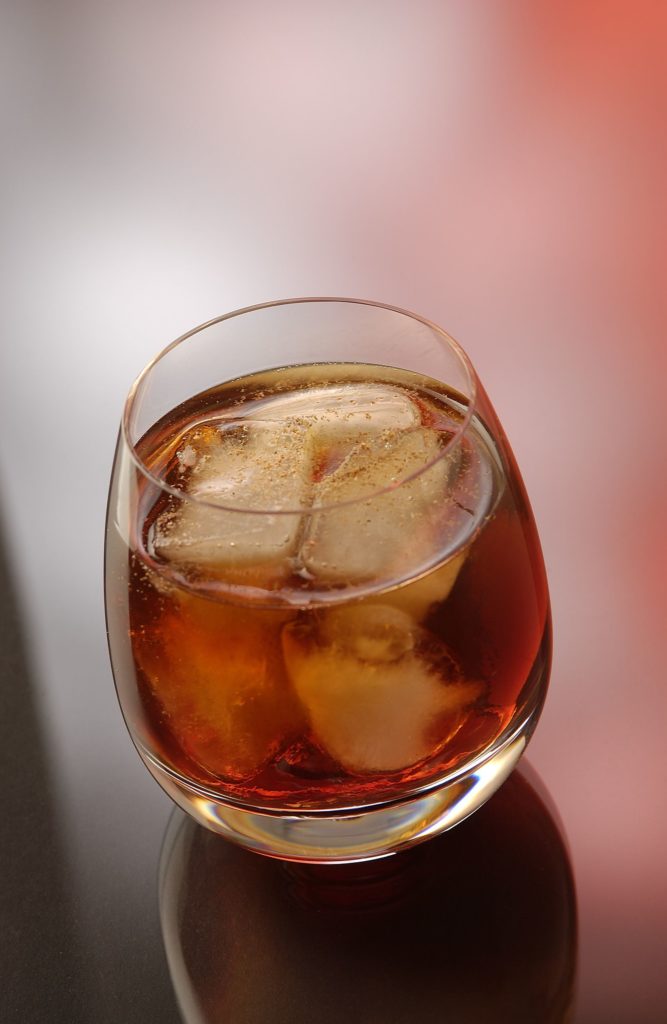One doesn’t have to be an industry analyst to notice that craft and classic cocktails are hot right now.

The trend is easy to spot, evidenced by bar menus that seem to offer endless new options for creatively conceived libations. Some of the “new” drinks you’ll see on these menus aren’t new at all, as they date back to the Prohibition era (and older).
But another common thread with many of these cocktails is that they share a common ingredient: wine.
The wine-as-an-ingredient phenomenon is not new, of course. Most people forget that vermouth is a type of wine (with a few added ingredients). And one can find many trendy drinks that use vermouth in unexpected places, such as the Blood and Sand, which is a blend of sweet vermouth and Scotch.
Beyond vermouth, there are drinks like the French 75, a refreshing sparkling wine cocktail with a kick. It’s made from a blend of Champagne, gin, lemon juice and sugar. Created in 1915, you can order one in 2017 from your favorite local bartender, provided they use real Champagne (although a nice, dry Cava works in a pinch).
Not to be confused with Sangria, the Sangaree cocktail dates back to the 1700s and employs the powers of red wine, port wine or sherry (depending upon which version of the drink recipe you use). The modern recipes also tend to include ingredients such as Grand Marnier and orange juice. Like Sangria, the cocktail is generally made into a red wine-style punch and served on the rocks.
Speaking of red wine, slaves to the sanguine grape will love how its fruity flavors influence a NY Sour, which blends red wine into a frothy, sour cocktail base. Whitney Marquette, the head bartender at Hemingway’s in The Villages, puts her own riff on this summer-friendly sipper.
“I prefer the flavor of Malbec over other reds in this type of cocktail,” says Marquette. “And because we use a Malbec from Argentina, we call our version an Argentine Sour.”
Some wine-based cocktails are not really cocktails at all because there are no distilled spirits used in the recipe. One example is the Bamboo, an elegant drink made with equal parts of sweet vermouth and Fino Sherry (a style of dry, fortified Spanish wine). Add a few dashes of aromatic and orange bitters, plus a lemon twist, and one has a lower-alcohol, wine-based drink that can be sipped by the pool all day.
Of course, to fully enjoy any of these wine-based cocktails, or any cocktail for that matter, one must find a venue with serious bartenders who study their craft. For that, a little exploring can go a long way. Try new places, and ask the mixologists behind the bar about their—not the bar’s—favorite recipes.
“Ask the bartender for a Boulevardier,” suggests Ian Selph, a wine and spirits consultant based in Ocala. “If they don’t know the recipe, then they’re probably not the bartender you want to mix your high-end cocktails.”
Sean Trapani earned his advanced certificate in wine and spirits (WSET 3) from the London School of Wine. He is also a Certified Specialist of Wine (CSW).






